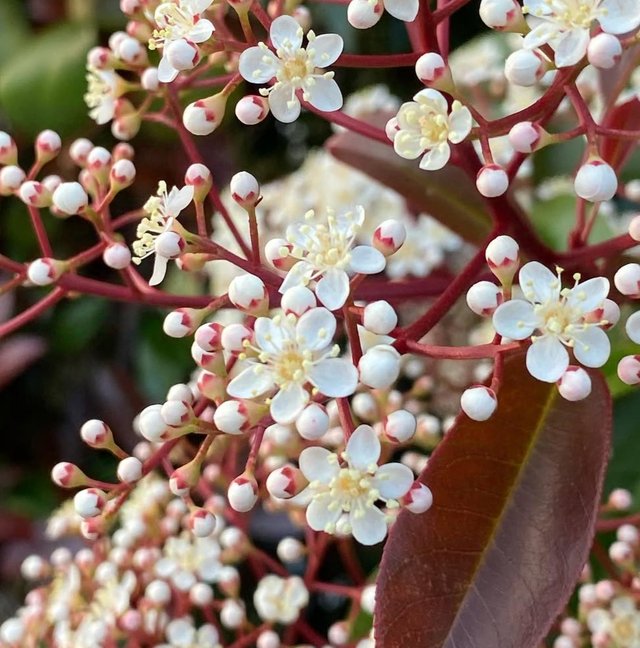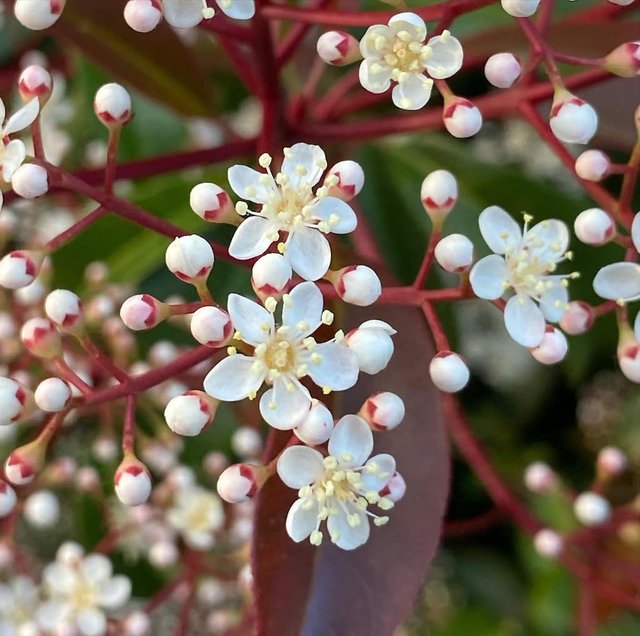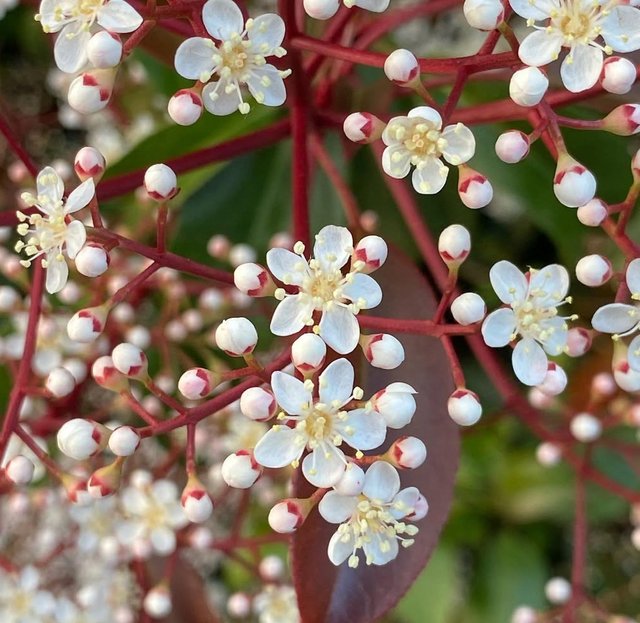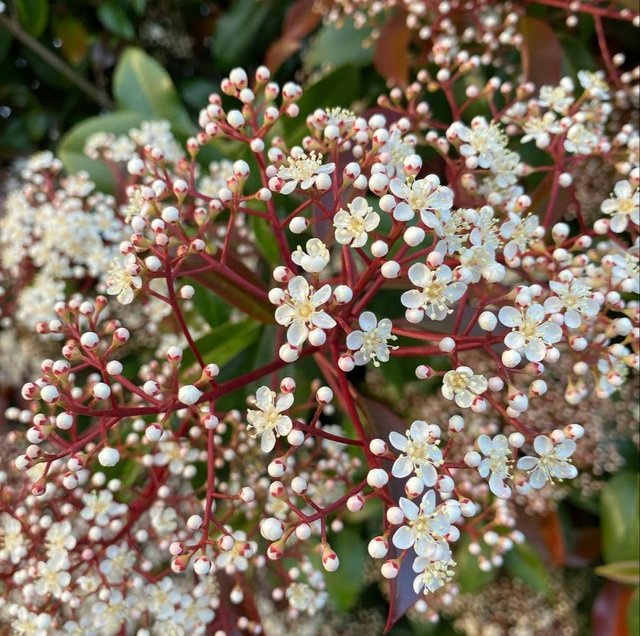So Beautiful Japanese Photinia Flower
Japanese Photinia: A Vibrant and Versatile Plant
The Japanese photinia is a popular ornamental shrub or small tree known for its striking foliage, adaptability, and low maintenance needs. Native to Japan and parts of East Asia, this plant has gained worldwide acclaim for its ability to enhance gardens, landscapes, and hedges with its year-round beauty and resilience. Whether you're a seasoned gardener or a novice, Japanese photinia is an excellent choice to add structure and vibrant color to your outdoor spaces.
Distinctive Features of Japanese Photinia
Striking Foliage: Japanese photinia is prized for its glossy, evergreen leaves. Young leaves emerge in a bright, fiery red that contrasts beautifully with the older, darker green foliage. This dramatic coloration makes it an eye-catching addition to any garden.
Compact Growth Habit: Unlike its larger relative, the red tip photinia, Japanese photinia has a more compact growth habit. It typically grows to a height of 6 to 10 feet, making it ideal for smaller gardens or spaces where larger shrubs may overwhelm the landscape.
Clusters of Flowers and Berries: In spring, Japanese photinia produces small, white, fragrant flowers in clusters, which attract bees and other pollinators. These flowers are followed by small, round, red berries that provide additional seasonal interest and serve as a food source for birds.
Seasonal Appeal: The plant’s ability to transition from bright red new growth to lush green foliage ensures year-round visual appeal. This dynamic color change makes it a favorite among landscapers and gardeners.
Growing Conditions
Japanese photinia thrives in a variety of climates and soil types, making it a versatile option for gardeners worldwide. Here’s what you need to know to grow it successfully:
Sunlight:Japanese photinia prefers full sun to partial shade.Full sun encourages the vibrant red coloration of new growth, but it can also tolerate partial shade, especially in hotter climates.
Soil:It grows best in well-drained soil but is adaptable to a range of soil types, including sandy and clay soils. Adding organic matter can improve soil fertility and drainage.




Device Information
| Device | Redmi Note 10 Pro |
|---|---|
| Location | Bangladesh |
